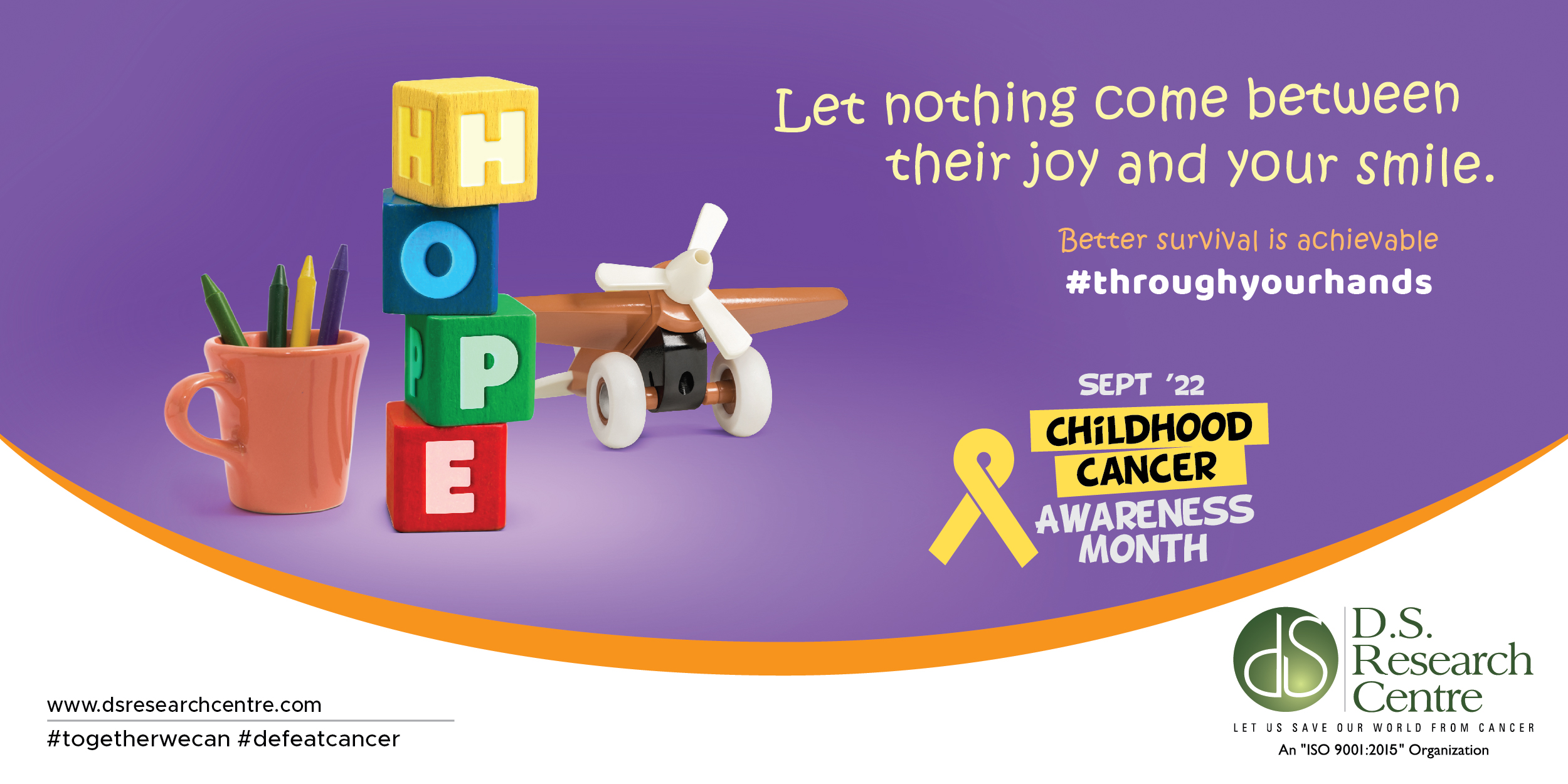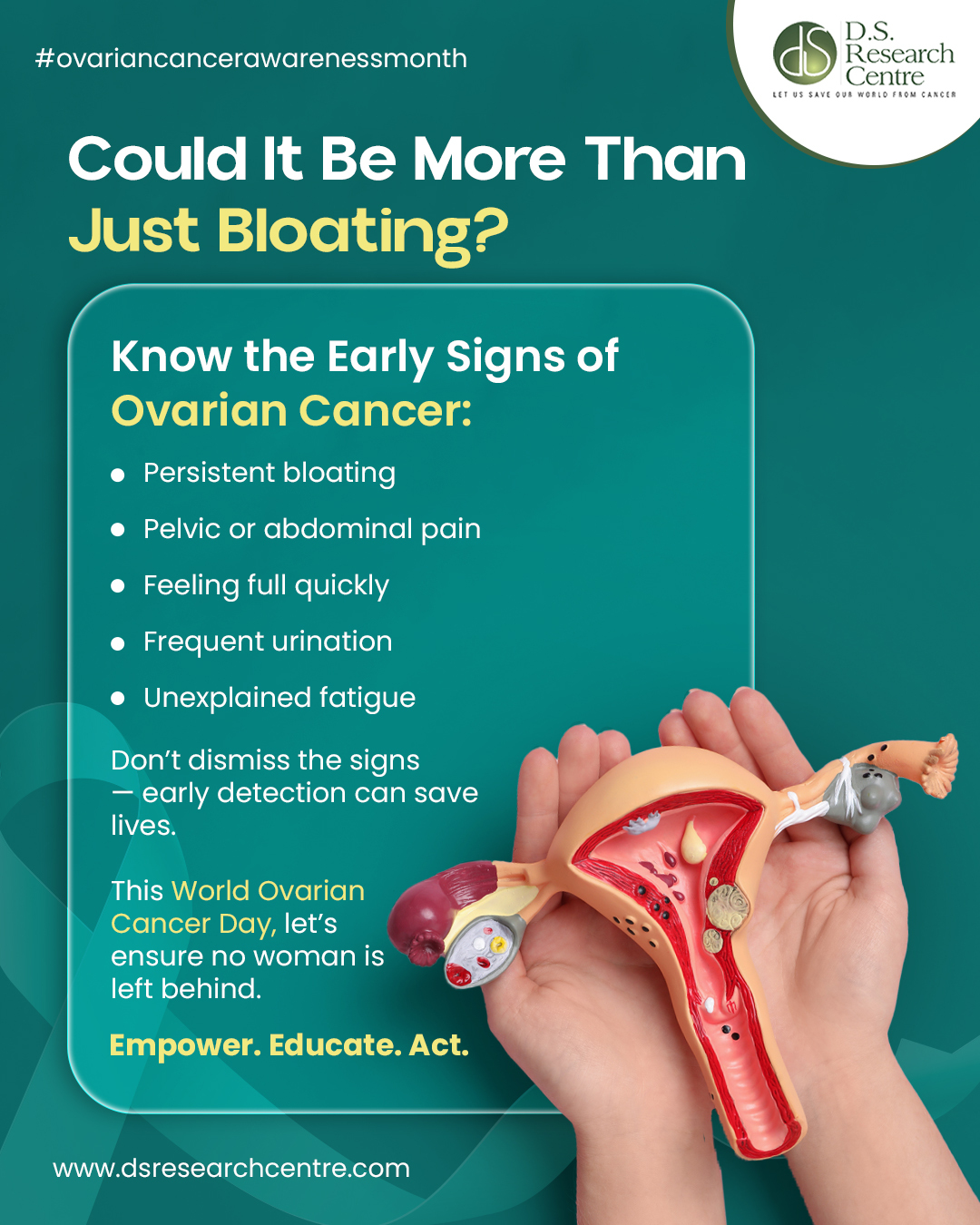Many early symptoms of Leukemia in children are also symptoms of common less serious childhood illnesses, Prompt diagnosis and getting timely medical treatment is important for the best prognosis. Leukaemia is the most common cancer in children and teens, accounting for about 1 out of 3 paediatric cancers. When a child has Leukemia, the bone marrow produces white blood cells that don’t mature correctly and the immature cells or blast cells continue to reproduce themselves and crowd out the normal healthy cells. When this happens a child experiences symptoms of Leukemia. Many early symptoms of Leukemia in children are also symptoms of common, less serious childhood illnesses. The doctor will perform various tests and assessments before making a diagnosis. As Leukaemia cells multiply and crowd out healthy cells, The child might experience some of the symptoms that can include a tendency to bruise or bleed easily especially from the gums or nose, persistent low-grade fevers, unusually pale skin, swollen lymph nodes particularly in the neck, armpits or groin and a feeling of fullness under the ribs, which can be caused by an enlarged spleen, bone pain, loss of appetite, weight loss, coughing or shortness of breath, dizziness, fatigue etc. Most childhood Leukemia’s are Acute Lymphocytic Leukaemia (ALL). Most of the remaining cases are Acute Myeloid Leukaemia (AML). Chronic Leukaemia’s are rare in children. Acute lymphocytic leukaemia (ALL) develops from early (immature) forms of lymphocytes, a type of white blood cell. It is the most common type of cancer diagnosed in children and accounts for about 75% of cases of Childhood Leukaemia. It can occur in children of all ages. But it is most likely to occur before age 5 years. It is slightly more common in boys than in girls. Acute myeloid leukaemia (AML) is the second most common form of Leukaemia in children.AML generally occurs by the age of 2 years and is not often seen in older children until the teenage years. .AML starts in myeloid cells in the bone marrow and quickly moves into the bloodstream. AML can spread to the lymph nodes, Liver, Spleen, Testicles, Brain and Spinal cord. The factors that raise the risk of childhood Leukaemia include: Having certain genetic conditions such as genetic syndromes, inherited immune system problems, having a brother or sister with Leukaemia, radiation exposure, exposure to chemotherapy and certain other chemicals, Immune system suppression etc. In addition to a complete medical history and physical examination, diagnostic procedures for Leukaemia may include a bone Marrow Aspiration and possibly a Bone marrow Biopsy, Complete blood count (CBC) Additional blood tests - may include blood tests for evaluation of Liver and Kidney functions, CT Scan, MRI Scan, X-Ray, Ultrasound, Lymph node biopsy , Lumbar puncture . Early diagnosis and getting timely medical treatment is important for the best prognosis of childhood Leukaemia. After treatment, regular follow-up exams is also equally important, It offers your child the best chance for recovery and long-term survival. |








Posted on April 15, 2016
Posted on April 15, 2016